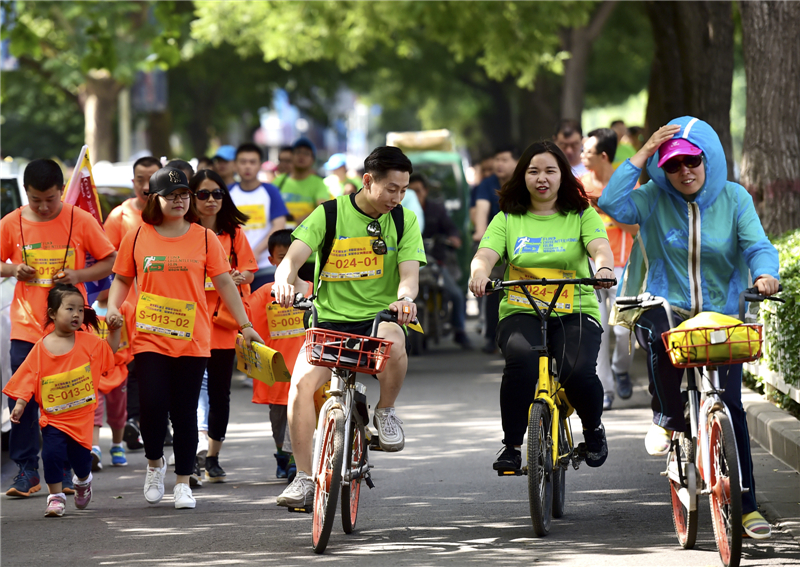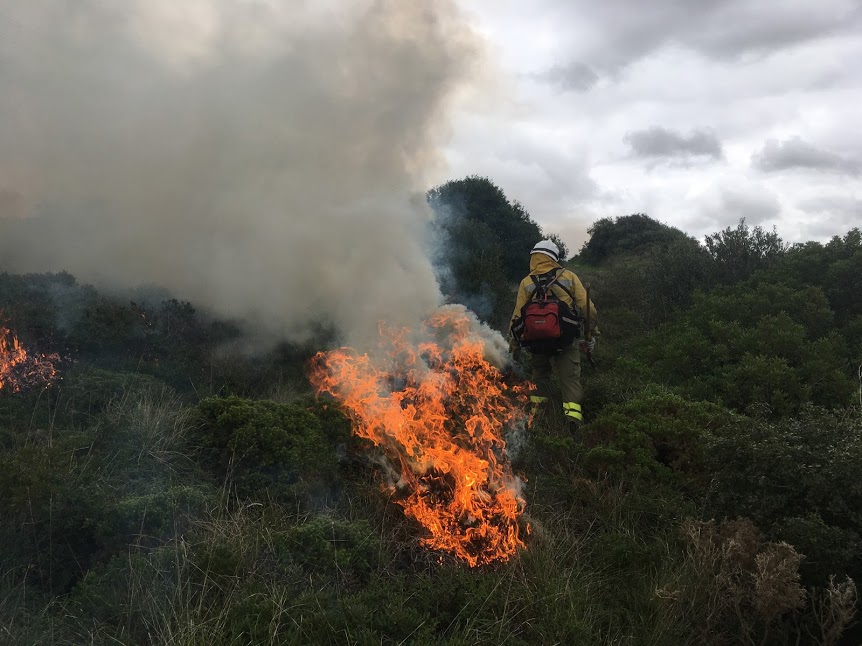Transcending differences in geography, language, culture and politics, four cities from the U.S., three from Germany, one from Poland and three urban districts from China have worked together for the past two years to tackle common challenges such as environmental degradation, unemployment and social inequality. All eleven cities are part of a pilot group known as the Urban Transitions Alliance, under the auspices of the 1,750 member ICLEI – Local Governments for Sustainability.
The eight European and U.S. participants in the Alliance are mid-sized, post-industrial cities, grappling with such wide-ranging challenges as infrastructure reuse and rehabilitation, eco-energy transformation, the adoption of environmental mobility solutions and social inclusion.
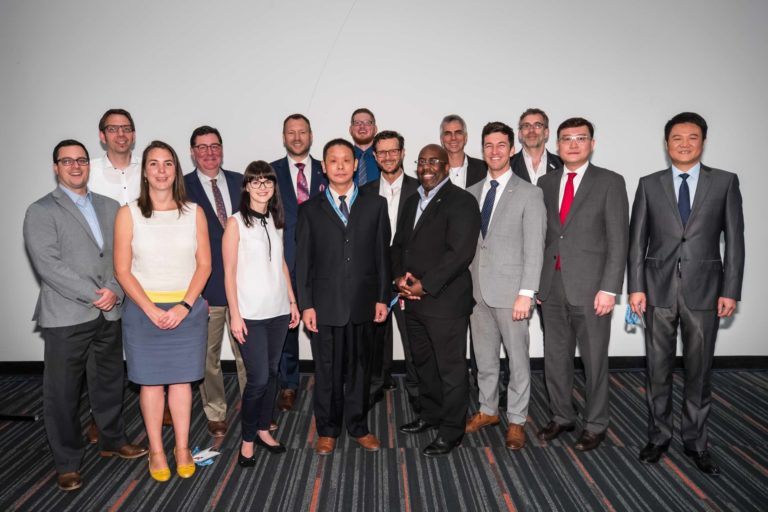
Alliance members from China — the districts of E-Town and Huairou in the City of Beijing and Yuhua in the City of Shijiazhuan — are facing a very different reality. These districts are still heavily involved in the industrial sector, but are eager to learn how their European and U.S. counterparts are coping with the challenge of moving on from an industrial legacy.
So while the U.S. and European participants — Baltimore, Buffalo, Cincinnati and Pittsburgh, in the US; Dortmund, Essen and Gelsenkirchen, in Germany; and Katowice, Poland — have been contending with such challenges as economies being overdependent on one industry as well as the pollution problems associated with heavy manufacturing for decades, the Chinese districts are still in the midst of industrialization along with the attendant issues of social inequality, lack of diversification and environmental degradation.
The Common Goal: Leaving No One Behind
“On a certain level, what the Chinese cities share very much with the cities in the U.S. and Europe has to do with livability — independent of what [political] system you’re in,” observed Roman Mendle, Manager of Circular Development at ICLEI. “It’s about creating a city that benefits everyone. So the Alliance partners are talking about transitioning their cities to sustainability not only in terms of physical and technical infrastructure transformation but taking into consideration the local community within each city and where they’re going in the future as a collective.”
The common thread across these legacy cities, from the decline of Pittsburgh’s steel industry to the closing of Essen’s coal mining to the demise of Cincinnati’s rubber and steel manufacturing, has been significant job loss, high unemployment and the rising social, environmental and economic inequities.
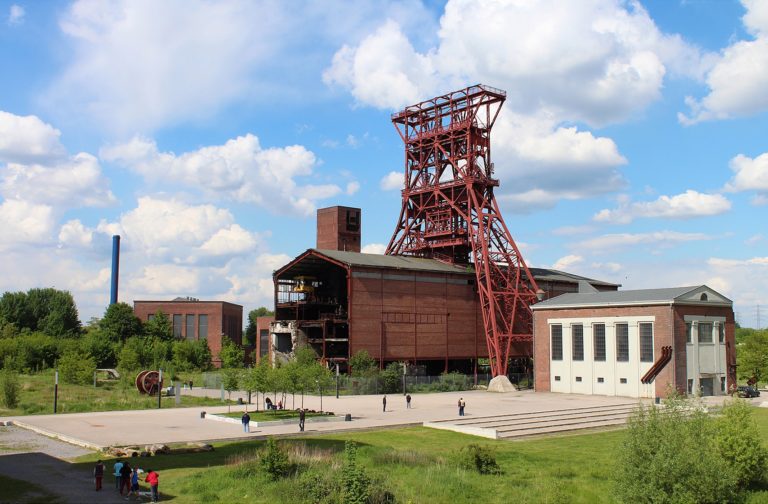
Dealing with these transitional challenges in support of the Alliance members has been important from the outset, says Rebecca Wessinghage, ICLEI’s Transition Concepts Officer. “What came out from discussions between the cities is the joint concern over equity. Having had to deal with a lot of unemployment, they’ve had to learn to adapt and look at how to transition their cities. For example, if your city is moving toward high-tech industries and you have new people coming in and getting high-paying jobs, how do you help the people who have been there all along, so they aren’t left behind?”
It’s a problem that’s certainly not lost on Grant Ervin, Pittsburgh’s Chief Resilience Officer, who has been involved with the Alliance since it was launched in 2017. “Pittsburgh is one of those post-industrial cities that hit rock bottom in the early 80s that’s attempting to make a transition to a cleaner, more progressive economy.” During those early transitional years, the city suffered tremendously from high unemployment and a drop in population. But a remarkable transformation has taken place, as the city moved into cleantech, healthcare, specialized manufacturing and renewable energy. These sectors now account for more jobs than the coal, oil and natural gas jobs combined.
Editor’s Picks — Related Articles:

“Designing for Future Ready Cities”
 “Transition to Sustainability: VITO Challenges Itself to Be a Frontrunner”
“Transition to Sustainability: VITO Challenges Itself to Be a Frontrunner”
Post-Industrial School of Hard Knocks
In support of the Chinese city district partners in particular, Ervin says the Pittsburgh team has shared Pittsburgh’s post-industrial, school of hard knocks experience. “How you diversify … and not let industry and growth create a lot of potentially negative impacting factors on your city. And how do you transition in a responsible way? I think that’s the lesson we’ve shared with them.”
Pittsburgh’s energy efficiency innovations have also been a source of inspiration, having launched its 2030 District initiative in 2012, tied to the goal of reducing energy and water consumption by 50% by the year 2030. Thus far, the city in partnership with the local initiative Green Building Alliance has already managed to reduce energy consumption by 12.5% and water by 14.5% through the retrofitting of 508 commercial buildings, and collectively 84 million square feet.
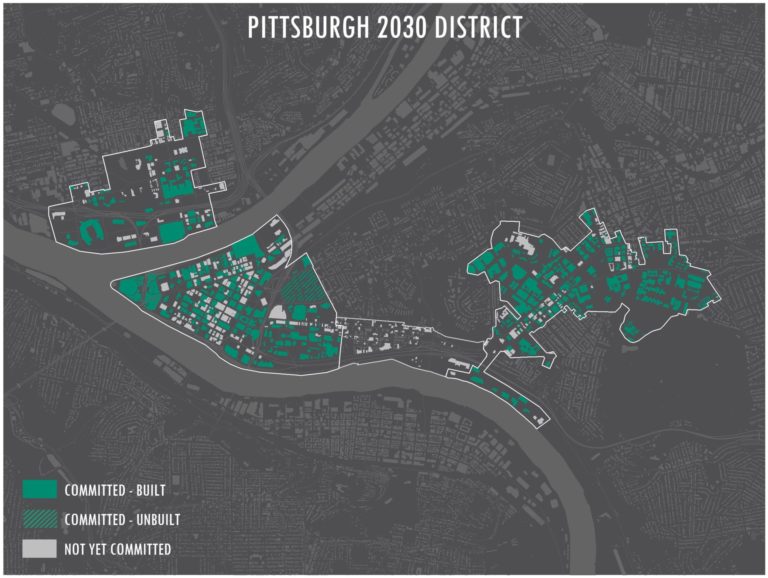
Although they share a common history, industrial legacy and even a river (the Ohio), Cincinnati’s Sustainability Coordinator Oliver Kroner says that it wasn’t until Cincinnati became involved with the Alliance that they struck up a dialogue with Pittsburgh, including extensive discussions centering around Pittsburgh’s 2030 District program. “Since joining the Alliance, there are a number of Pittsburgh programs we looked at, but the one that really comes to mind is their involvement with 2030 Districts. So we hosted Pittsburgh’s Chief Resilience Officer as well as the Executive Director of the 2030 District, and we brought in our large corporate partners and engaged them for the very first time in a meaningful way around sustainability work.” Inspired by Pittsburgh’s example, in 2018, Cincinnati formally joined the 2030 District initiative, which has rapidly grown to include 158 buildings and 20 million square feet.

A Year of Living Sustainably
Cincinnati has been a source of inspiration for Alliance members as well with its Year of Living Sustainably program, a 12-month citizen engagement initiative designed to help fast-track efforts to reduce the city’s carbon emissions by 80% by 2050. Commencing in the fall of last year, the program is organized along twelve thought-provoking monthly themes. Last October, for example, centered around waste reduction, recycling and composting, tied to such community drives as composting fall leaves and repurposing old clothes into Halloween costumes. The focus for this May is food — ensuring all residents have convenient access to healthy, affordable food.
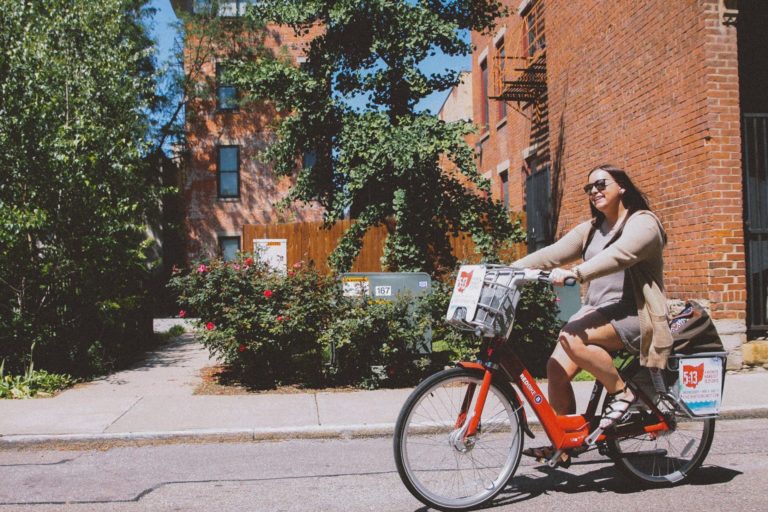
“Engaging the public around sustainable behavior is critical to this work. We’re learning a lot — it has definitely engaged different pockets of citizens and has helped us tie sustainability to people’s daily lives,” says Kroner. Their program, he says, was somewhat inspired by the Alliance city of Essen. “I think you could point to Essen and their year-long program as the European Green Capital in 2017 in terms of how they got local citizens involved. Their model of celebrating sustainability in a way that gained widespread social acceptance was a key takeaway for us.”
The Power of Face-Time
When asked what some of the most impactful benefits of the Alliance have been to date, both Kroner and Ervin point to the power of one-on-one face-time, as a way to fast-track knowledge exchange and cultivate stronger ties with partner cities. “To pull together post-industrial cities who have this shared narrative … it’s something special. I found a lot of value in having in-person meetings,” observes Kroner. “I know it’s difficult to pull people together from around the world in one location. But having face-time with other Alliance members and working through issues together has really helped to move the conversation forward.”
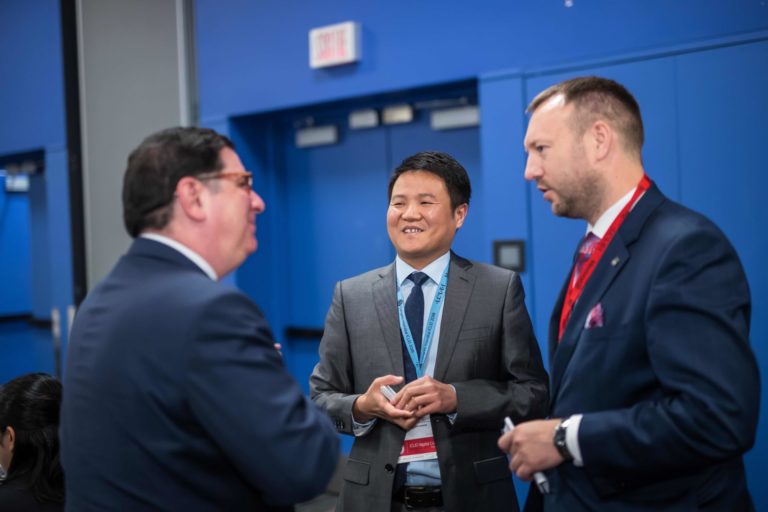
Photo Credit: © ICLEI
Forming personal connections has also led to increased one-on-one city exchanges, separate and apart from group meetings involving all eleven members of the Alliance. For example, as a way to continue the dialogue and knowledge exchange beyond the Alliance group meetings, a 30-person delegation from Dortmund ventured to Pittsburgh last summer to meet with City of Pittsburgh representatives and tour community projects tied to sustainability.
Building on the Past, Looking to the Future
Now that the Alliance is well established, ICLEI’s Mendle says the Urban Transition Alliance members are poised to parlay several months of working together into a growing number of transformative initiatives.
“I think in 2-3 years we will have some really tangible impacts tied to plans like defining a strategy for zero waste, or a strategy for a mobility transition.” says Mendle. “But it’s not the purpose of the Alliance to say, okay in five years’ time we want members to commit to ‘X’ number of buildings with new building standards. It’s more about … drawing on the ideas and knowledge of the network so that they ask questions like, why don’t we also have a 100 percent renewable energy target by 2035?”
To ensure Alliance members continue to build on the positives achieved to date, ICLEI’s Wessinghage says city and district members have learned not to “fall into the trap of waiting around for the good times to come back. It’s really important to move forward.”
To learn more about the Urban Transitions Alliance, you can download the newly-released Urban Transitions Alliance Roadmaps: Sustainability Transition Pathways from Industrial Legacy Cities, a comprehensive 40-page document that chronicles some of the innovative solutions the participating cities are using to transition away from an industrial past.


